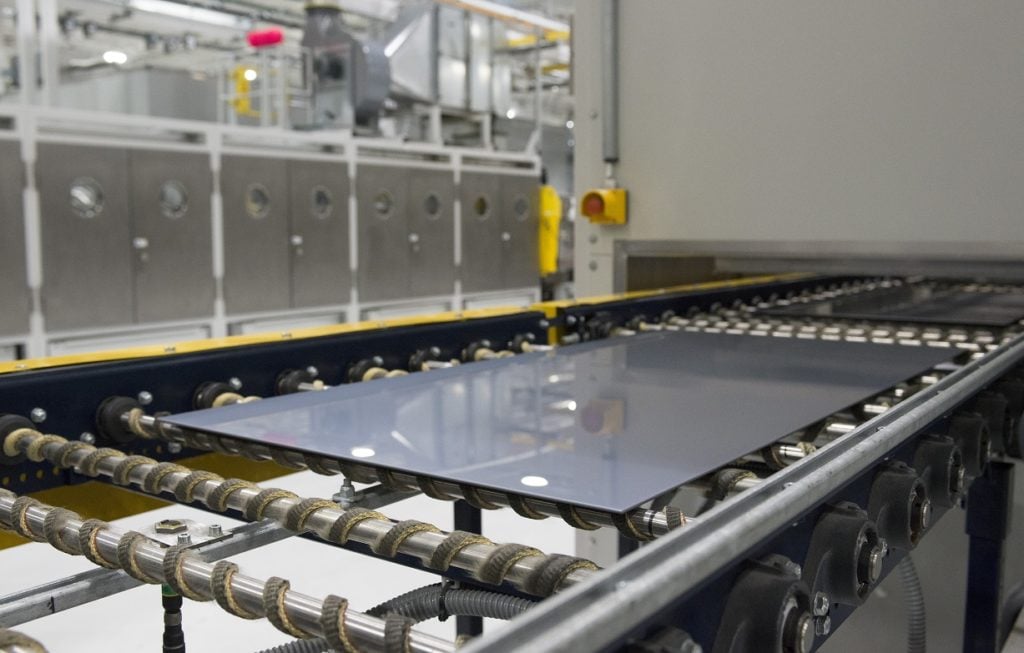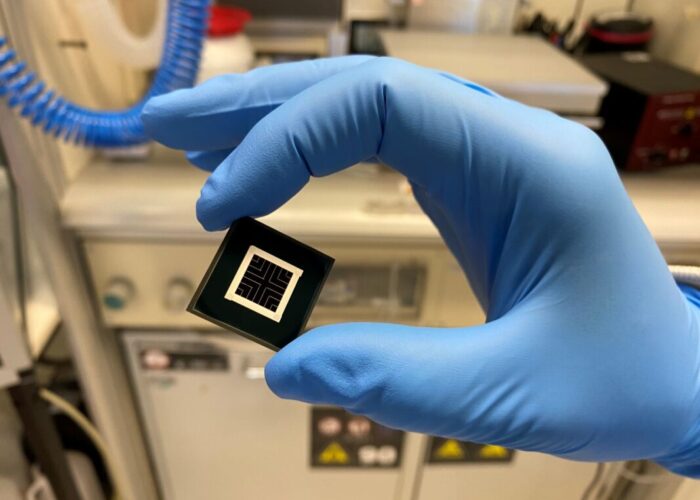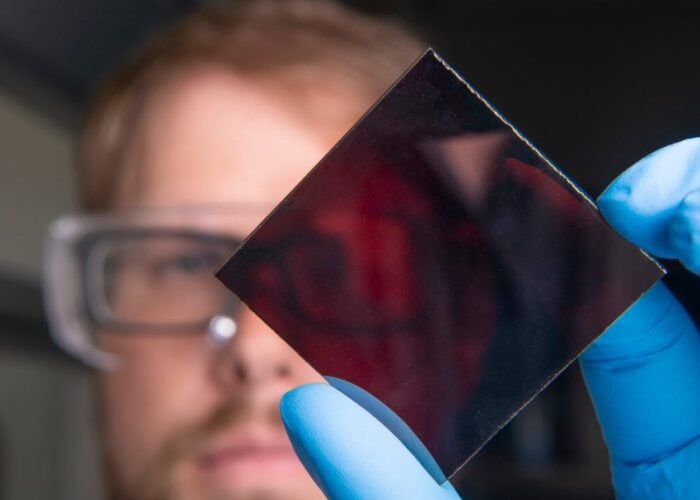
New insight into how chlorine enhances the performance of cadmium telluride (CdTe) cells could result in even higher efficiencies, according to a team of researchers at Loughborough University in the UK.
The group is aiming to understand the role of chlorine in both improving cell efficiency and also in removing defects known as stacking faults.
Unlock unlimited access for 12 whole months of distinctive global analysis
Photovoltaics International is now included.
- Regular insight and analysis of the industry’s biggest developments
- In-depth interviews with the industry’s leading figures
- Unlimited digital access to the PV Tech Power journal catalogue
- Unlimited digital access to the Photovoltaics International journal catalogue
- Access to more than 1,000 technical papers
- Discounts on Solar Media’s portfolio of events, in-person and virtual
Or continue reading this article for free
A previous study from the team showed that grain boundaries, where crystals of different orientation join together, are responsible for poor cell efficiency. These grain boundaries have defects that can act as traps for electrons, making these areas ‘active’.
In a process known as passivation, the scientists showed chlorine can deactivate some of the traps and make the grain boundaries less active – therefore increasing the efficiency of CdTe.
While the missing piece was said to be understanding how the stacking faults disappear, the new research shows that if there is enough chlorine in the grain boundaries, a cascade mechanism is triggered that structurally removes these stacking faults.
“Although the stacking faults’ disappearance is not what causes the improved efficiency, if they have disappeared then that is the signal that the CdTe cell is going to have good performance. This has never been shown before,” said Loughborough University’s Dr Pooja Goddard.
She said the next step will be to see how further improvements can be made by looking at doping the CdTe with other elements to push for efficiencies above 25%. “Each small gain in efficiency means the technology is becoming more competitive against the current silicon technology.”
More than 25GW of CdTe modules have been installed globally, according to Loughborough University, which said the technology has the potential to be competitive on efficiency but at a lower manufacturing cost than silicon-based modules.
Untreated CdTe has very low efficiency and is typically about only 1%. However, when CdTe modules undergo a chlorine treatment – which involves treating CdTe with cadmium chloride at 420oC for 20 minutes – their efficiency jumps significantly.
The record efficiency for a laboratory CdTe solar cell is 22.1% and was achieved by First Solar back in 2016. The US-based manufacturer last year shipped 5.5GW of its CdTe thin film modules and is currently expanding its footprint with a new module factory in Ohio.
The US National Renewable Energy Laboratory recently secured funding from the country’s Department of Energy (DOE) to set up a consortium that will aim to scale up domestic CdTe module production, achieve cell efficiencies above 26% and decrease module costs to below US$0.15/watt. According to the DOE, CdTe thin film technologies make up 20% of the modules installed in the US.
A collaboration last year between DSM Advanced Solar and independent power producer SolarKapital achieved a 4% energy gain at a 500kWp PV power plant in Germany by deploying DSM’s anti-reflective coating technology on First Solar’s CdTe modules.






